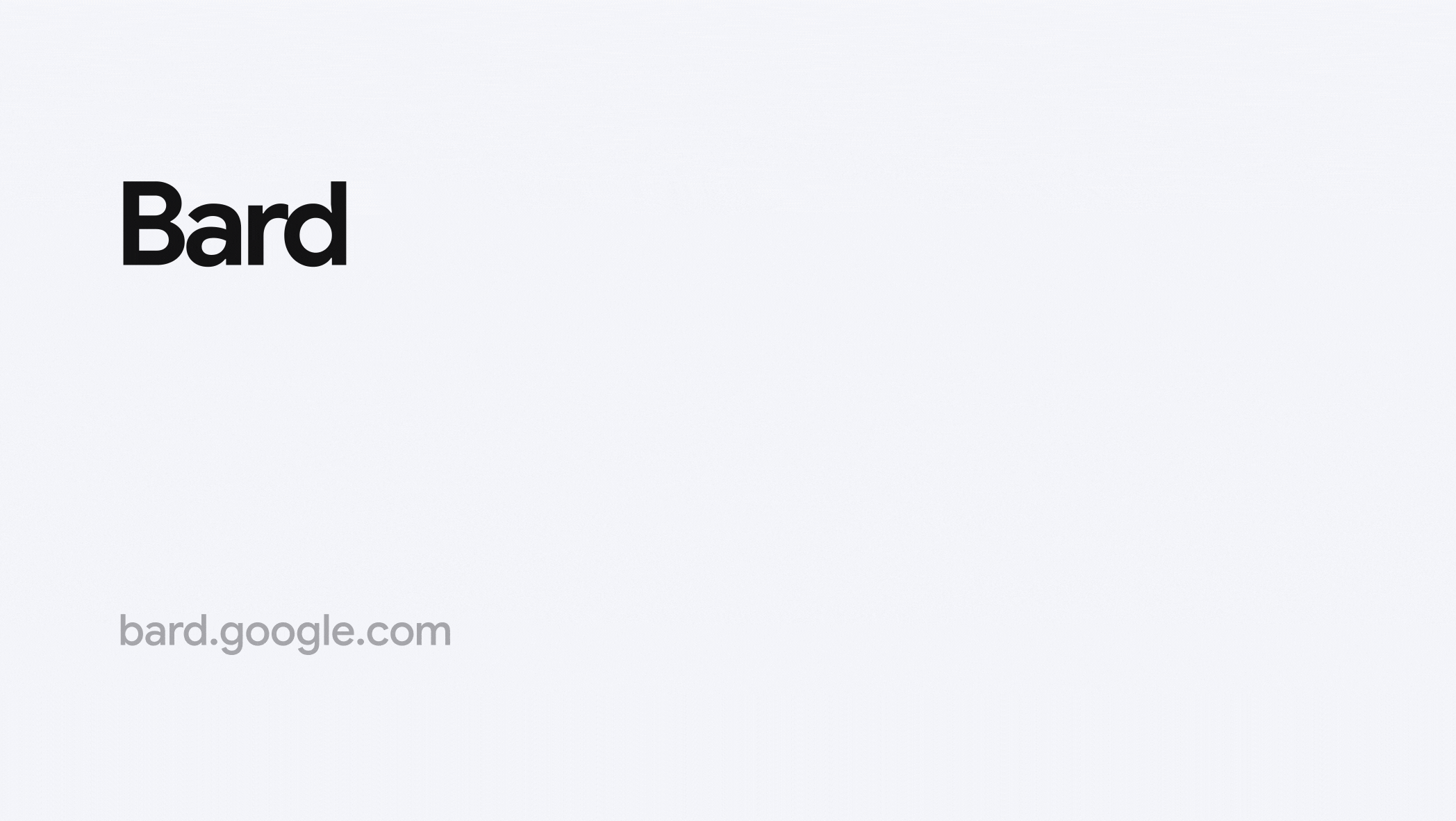Today we’re starting to open access to Bard, an early experiment that lets you collaborate with generative AI. This follows our announcements from last week as we continue to bring helpful AI experiences to people, businesses and communities.
You can use Bard to boost your productivity, accelerate your ideas and fuel your curiosity. You might ask Bard to give you tips to reach your goal of reading more books this year, explain quantum physics in simple terms or spark your creativity by outlining a blog post. We’ve learned a lot so far by testing Bard, and the next critical step in improving it is to get feedback from more people.
About Bard
Bard is powered by a research large language model (LLM), specifically a lightweight and optimized version of LaMDA, and will be updated with newer, more capable models over time. It’s grounded in Google's understanding of quality information. You can think of an LLM as a prediction engine. When given a prompt, it generates a response by selecting, one word at a time, from words that are likely to come next. Picking the most probable choice every time wouldn’t lead to very creative responses, so there’s some flexibility factored in. We continue to see that the more people use them, the better LLMs get at predicting what responses might be helpful.
While LLMs are an exciting technology, they’re not without their faults. For instance, because they learn from a wide range of information that reflects real-world biases and stereotypes, those sometimes show up in their outputs. And they can provide inaccurate, misleading or false information while presenting it confidently. For example, when asked to share a couple suggestions for easy indoor plants, Bard convincingly presented ideas…but it got some things wrong, like the scientific name for the ZZ plant.
Google Bard vs. ChatGPT
Both Google Bard and OpenAI's ChatGPT are AI chatbots, meaning they are designed for interaction with people through the use of natural language models and machine learning. Both use a large language model (LLM), which is a machine learning model for generating and creating conversational text. However, that's where the similarities end.
ChatGPT uses generative AI, meaning it can produce original content. For example, users can ask it to write a thesis on the advantages of AI. Google Bard serves a different use, as it is trying to make search more natural and helpful.
That said, ChatGPT is also capable of helping refine searches. In January, Microsoft signed a deal reportedly worth $10 billion with OpenAI to license and incorporate ChatGPT into its Bing search engine to provide more conversational search results, similar to Google Bard. That opens the door to other search engines to license ChatGPT, whereas Bard is meant to support only Google.
One of the larger differences between the two is that ChatGPT's responses are based on data available up to 2021, whereas Google Bard will be based on up-to-date, current data. For ChatGPT to be viable as a search engine technology, it must be able to answer questions with up-to-date data, not two-year-old data.
OpenAI is aware of the potential for plagiarism with ChatGPT and offers a plagiarism detection tool for educators to catch students using it for homework assignments. Thus far, there is no knowledge of whether or not Google Bard has its own plagiarism detection tool
Access Bard here :--->>>> Click Here




2 Comments
Thank You
ReplyDeleteThanks Bro
ReplyDeleteIf you have any doubt,Please let me know